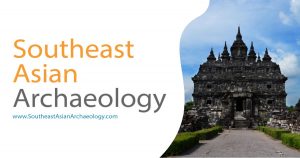via The Art Nespaper, 22 March 2023: Dr Andrea Jalandoni is a rock art scholar from the Philippines working on cutting edge research using machine learning to identify rock art.
Andrea Jalandoni knows all too well the challenges of archaeological work. As a senior research fellow at the Center for Social and Cultural Research at Griffith University in Queensland, Australia, Jalandoni has dodged crocodiles, scaled limestone cliffs and sailed traditional canoes in shark-infested waters, all to study significant sites in the Pacific, Southeast Asia and Australia. One of her biggest challenges is a modern one: analysing the exponential amounts of raw data, such as photos and tracings, collected at the sites.
“Manual identification takes too much time, money and specialist knowledge,” Jalandoni says. She set her trowel down years ago in favour of more advanced technologies. Her toolkit now includes multiple drones and advanced imaging techniques to record sites and discover things not apparent to the naked eye. But to make sense of all the data, she needed to make use of one more cutting-edge tool: artificial intelligence (AI).
Jalandoni teamed up with Nayyar Zaidi, senior lecturer in computer science at Deakin University in Victoria, Australia. Together they tested machine learning, a subset of AI, to automate image detection to aid in rock art research. Jalandoni used a dataset of photos from the Kakadu National Park in Australia’s Northern Territory and worked closely with the region’s First Nations elders. Some findings from this research were published last August by the Journal of Archaeological Science.
Source: Artificial intelligence is helping researchers identify and analyse some of the world’s oldest art

























